Venturing into the unknown has always been a hallmark of human curiosity, pushing the boundaries of what we know and pioneering new frontiers. Before humans ever set foot beyond our atmosphere, animals were the trailblazers of space exploration. These courageous creatures embarked on missions that tested the limits of life beyond Earth, providing invaluable data and fostering deep respect for all pioneers of the cosmos. Let’s embark on a journey to discover seven remarkable animals that have defied gravity and become legends in space history.
Laika The First Animal in Orbit
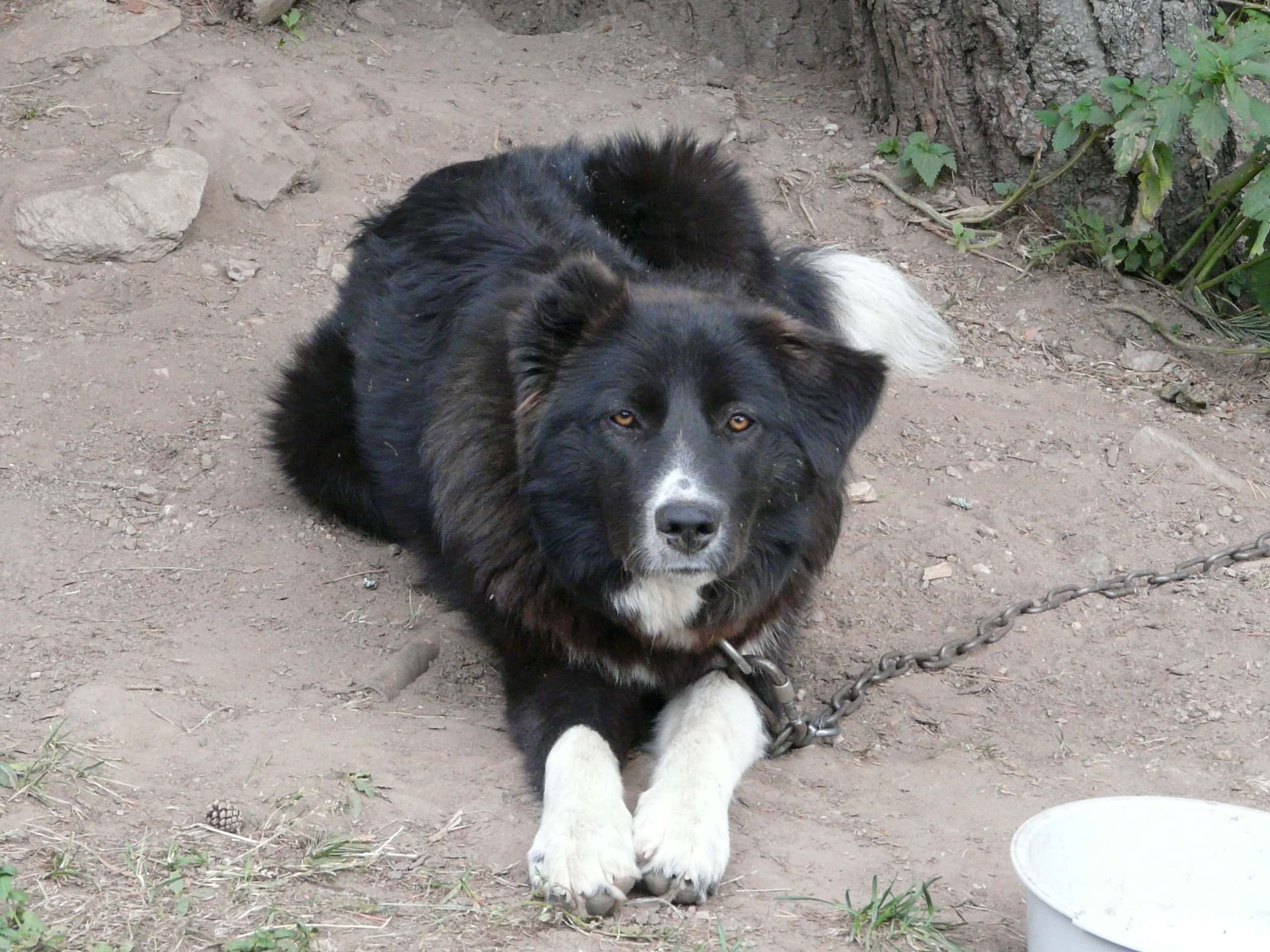
In November 1957, Laika, a stray dog from Moscow, made history by becoming the first animal to orbit the Earth aboard Sputnik 2. Although her mission was cut short due to technical issues, her journey provided critical insights into the effects of space travel on living organisms. Laika’s story is a poignant reminder of the sacrifices made during the early years of space exploration and the vital role animals played in developing technologies that would later support human astronauts.
Albert I and II The First Primates in Space

Before Laika’s orbit, rhesus monkeys named Albert I and Albert II became pioneers of space exploration in 1948 and 1949, respectively. These primates were sent aboard V-2 rockets to gather data on physiological responses to flight in near-space conditions. Albert II’s mission was particularly groundbreaking as he became the first monkey to reach space, providing essential information on the survivability of living systems in space. Their contributions laid foundational knowledge for later human missions.
Fruit Flies The First Living Creatures in Space
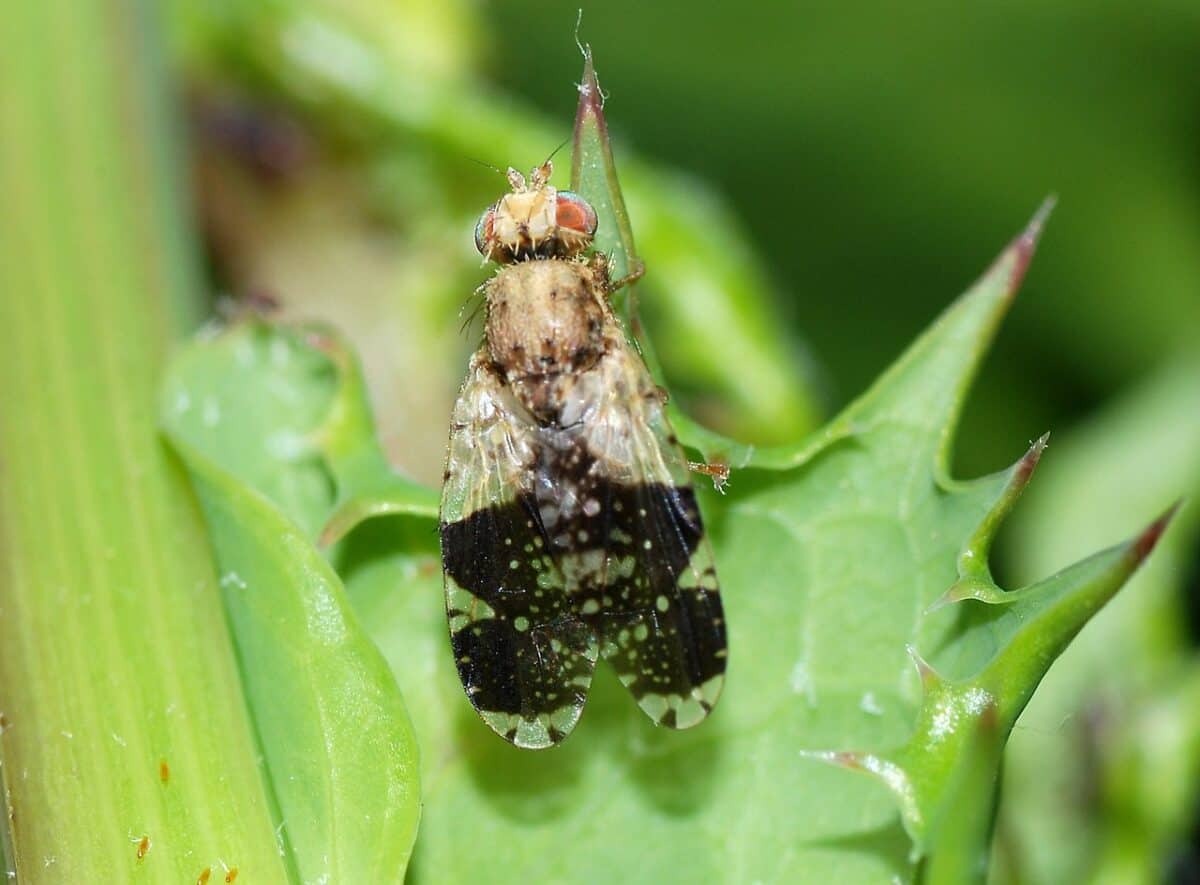
Long before mammals embarked on space missions, fruit flies were the first living creatures to be sent into space in 1947. Flown aboard a V-2 rocket by American scientists, these tiny insects were chosen due to their biological simplicity and the rapidity of generational turnover, making them ideal for genetic studies. The data collected from their flight and subsequent healthy return to Earth offered early insights into biological processes in space, leading the charge in extraterrestrial biological research.
Félicette The First Cat in Space

In 1963, a French feline named Félicette took a monumental leap for catkind by embarking on a suborbital journey. Selected from a pool of potential feline astronauts, she soared into space aboard a Véronique rocket, fitted with electrodes to transmit neurological data back to Earth. Félicette’s successful mission added to our understanding of how space affects the feline brain and further demonstrated the feasibility of sustaining non-human animal life during space travel.
Belka and Strelka The First Animals to Safely Return
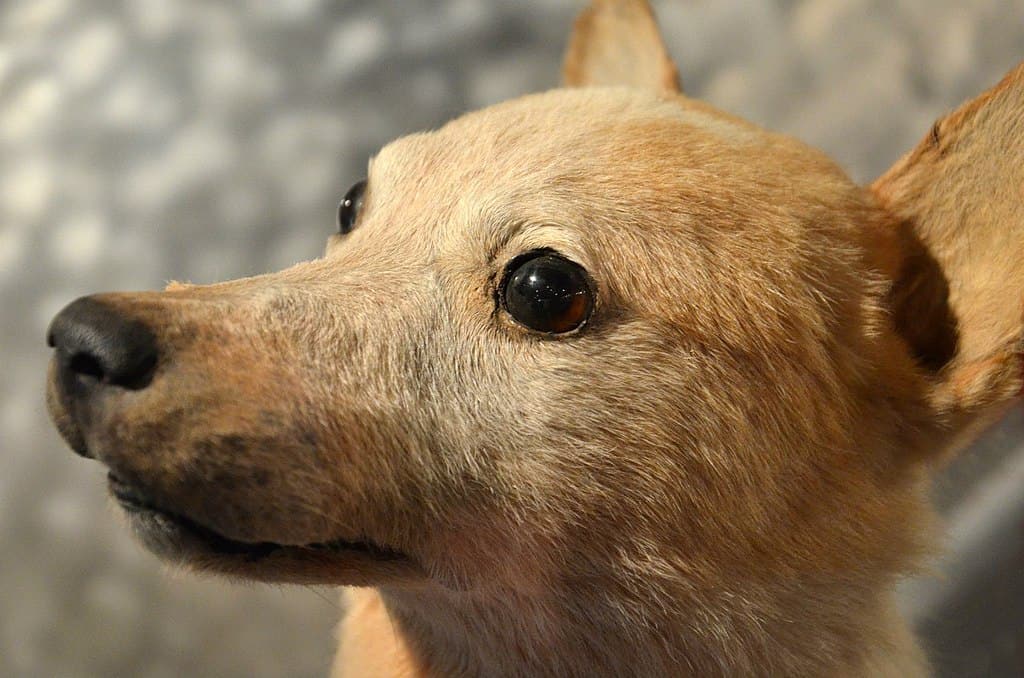
Belka and Strelka, two Soviet space dogs, marked a major milestone in space exploration in 1960 when they became the first living creatures to orbit the Earth and return alive. Their mission aboard Sputnik 5 included a range of biological specimens, all of which survived. These canine cosmonauts helped reassure the world that extended space travel was possible for living beings, paving the way for human spaceflight. Strelka even went on to have puppies, one of whom was gifted to the Kennedys, sealing their legacy as cosmic ambassadors.
Baker and Able Pioneers of the Primates

In 1959, Baker, a squirrel monkey, and Able, a rhesus monkey, embarked on a 16-minute space flight that saw them safely return to Earth, becoming the first monkeys to do so. Their mission provided crucial data on the effects of space motion sickness and zero gravity on living organisms. Their successful journey helped to refine spacecraft designs and informed protocols for human space missions, underscoring the importance of simulating human conditions in the early phases of space exploration.
Manuela The Space Turtle
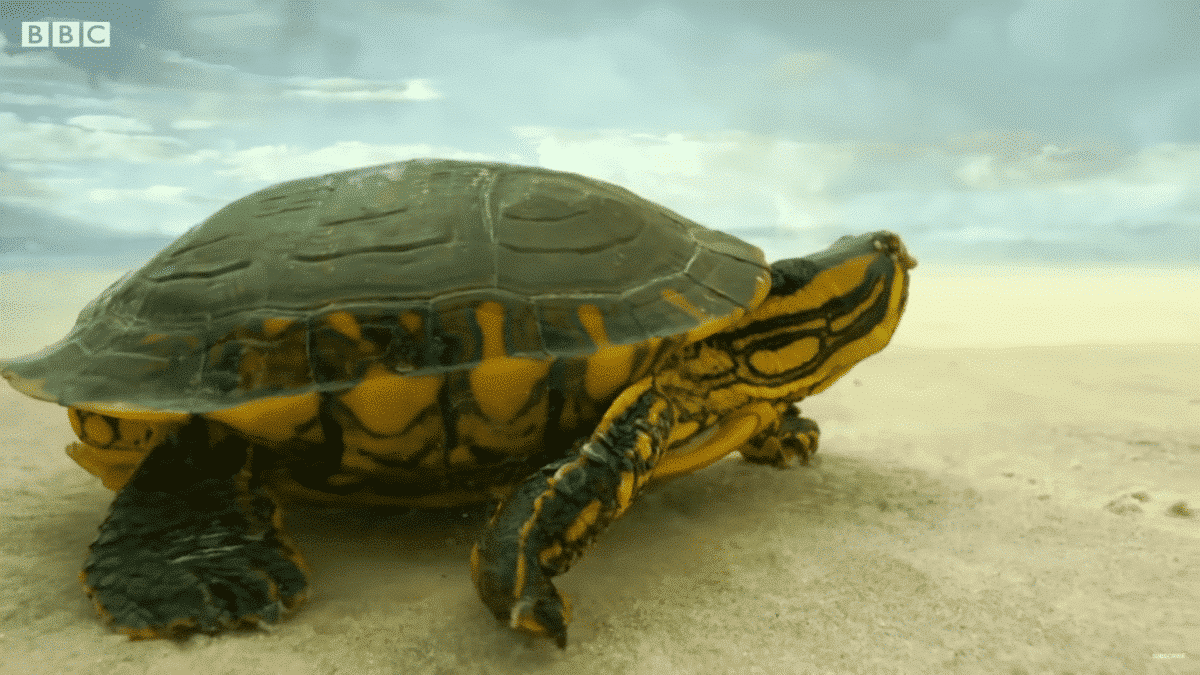
One of the more unusual animals to venture into space was Manuela, a Russian tortoise. In 1968, she was part of the Zond 5 mission, which became the first Earth creatures to circle the moon and return safely. The mission provided valuable insights into the endurance of terrestrial life during extended space flights, showcasing how certain species might possess unique adaptations conducive to survival in space’s harsh conditions.
The Harbingers of Human Exploration

Behind every legendary space mission involving humans lies the courage and sacrifice of these animal pioneers. By enduring the unknown, animals like Laika, Félicette, and countless others paved the way for us to reach beyond our earthly abode. Their journeys weren’t just leaps into the skies but monumental strides for all of humankind, opening a new chapter in exploration’s history.
Technological Breakthroughs Thanks to Animals

The contributions of animals in space extend beyond surviving missions. Their travels provided key physiological data that helped build the infrastructure of safety protocols, life-support systems, and spacecraft designs. Without these missions, concepts vital to crewed missions—such as how weightlessness affects the body and the functionality of onboard systems—would have taken much longer to develop.
Ethical Considerations in Animal Missions

While we celebrate the scientific milestones achieved by these animals, their journeys also raise important ethical questions. The limited understanding and technology of the past sometimes resulted in missions that placed animal welfare at risk. Today, their sacrifices urge us to consider more humane ways to conduct scientific inquiry, emphasizing the need for alternative methods that do not compromise animal welfare.
The Legacy of Animal Spaceflights

As we continue to explore the heavens and prepare for possibly inhabiting other planets, the legacy of animal astronauts remains integral to our achievements. Their journeys into space have not only illuminated biological responses to extraterrestrial environments but have also sparked public interest and support for space programs around the globe. These expeditions remind us of the interconnectedness of all life in our quest to understand the universe.
The Future of Animals in Space Exploration

Looking to the future, the role of animals in space continues to evolve. While live-animal flights are less prevalent due to advances in technology allowing for sophisticated simulations, the need for biological research remains. As we aim for long-term space habitation, studying the biological resilience and adaptability of both humans and animals will be crucial in understanding how life can thrive off-Earth.
conclusion
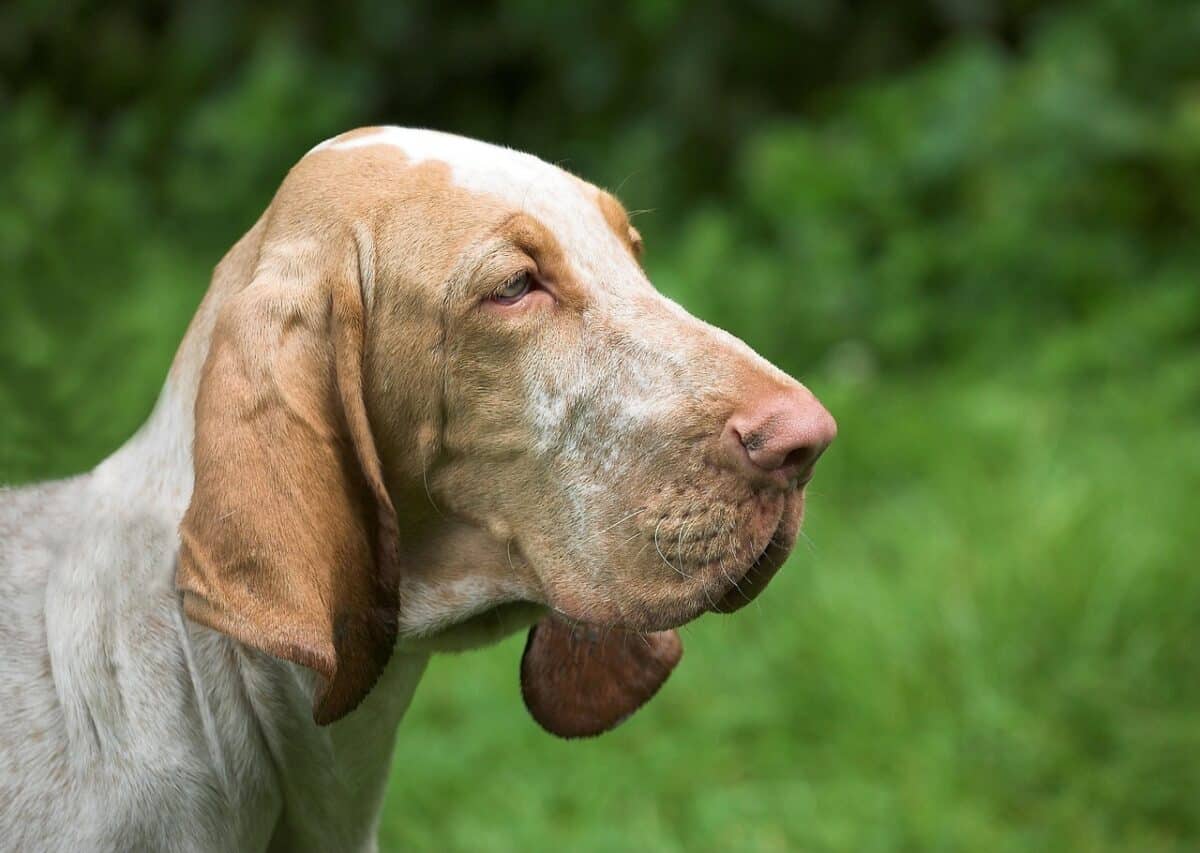
In conclusion, the story of animals in space is a testament to their indispensable contribution to our eventual leap into the cosmos. Their voyages continue to inspire awe and reflection, offering critical lessons in both scientific discovery and ethical responsibility. As we honor these animal pioneers, we are reminded of our shared pursuit of knowledge and exploration beyond the stars.
- 12 Fascinating Shark Facts And 3 That Are Totally Wrong - August 21, 2025
- 11 Animals That Can Clone Themselves - August 21, 2025
- 15 Cat Breeds Vets Secretly Wish You’d Stop Buying - August 21, 2025

